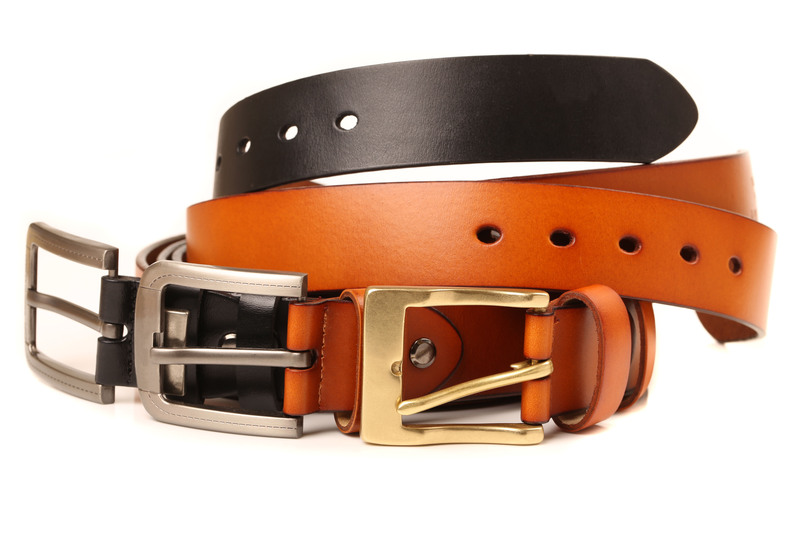Understanding Why Piano Moving Requires Experience
Posted on 18/05/2025
Understanding Why Piano Moving Requires Experience
When it comes to relocating, one particular task is often underestimated: moving a piano. While it might appear to be simply another household item, transporting a piano is a complex and precarious process that demands professional expertise. In this comprehensive guide, you'll learn about why piano moving requires experience, the unique challenges involved, the risks of inexperience, and why hiring professionals is the safest route for your treasured instrument.

The Unique Challenges of Piano Moving
Pianos are more than just musical instruments--they are intricate, heavy, and delicate works of art. Their unique build presents several challenges:
- Size and Weight: Upright pianos typically weigh 300-500 pounds, while grand pianos can exceed 1,000 pounds.
- Fragile Components: The interior contains thousands of moving parts, including hammers, strings, and pedals that are easily damaged.
- Awkward Shape: The bulky frame and uneven weight distribution make handling and maneuvering extremely tricky.
- Delicate Finish: Fine woods and high-gloss finishes require careful protection to avoid scratches and dings.
Each of these factors makes piano transportation fundamentally different from moving other furniture or appliances.
Why Inexperience Puts Your Piano At Risk
Attempting to move a piano without proper know-how can lead to many problems:
- Structural Damage: Improper lifting and handling may break the legs, crack the soundboard, or bend the frame.
- Internal Damage: Rough movement can misalign the keys, damage strings, or disrupt the fine mechanical parts inside.
- Personal Injury: The weight and imbalance of pianos pose considerable risks--back injuries, crushed fingers, or even more severe accidents are common among amateurs.
- Property Damage: Without the right techniques and equipment, you risk damaging floors, stairs, walls, and doorways.
These risks emphasize the necessity of experience when moving pianos.
Essential Skills Required For Safe Piano Moving
Professional piano movers develop specialized skills to address the unique hazards associated with the task. Below are essential competencies that underline why piano moving demands experience:
- Understanding Instrument Anatomy: Experts know the internal structure of various piano types, allowing them to handle each model appropriately.
- Proper Lifting Techniques: Years of experience teach how to distribute weight, lift with care, and navigate tight spaces safely.
- Protective Wrapping: Ensuring the piano is adequately padded to guard against scratches, dings, and moisture damage during transit.
- Use of Specialized Equipment: Professional movers employ tools such as piano dollies, moving blankets, skid boards, and ramps.
- Route Planning: Seasoned movers assess every step of the move, measuring doorways, stairwells, and elevators to anticipate obstacles.
- Team Coordination: Moving a piano often requires a synchronized effort from multiple people, each with a clear role.
All these skills come only with specialized training and hands-on experience, further highlighting why piano transport is not a DIY job.
Types of Pianos and Why Each Requires Special Moving Techniques
Not all pianos are created equal, and each category presents its own set of moving challenges. Experienced professionals know how to accommodate the differences in:
Upright Pianos
- Smaller Footprint: Easier to maneuver in some homes, but their weight is still substantial and requires careful handling.
- Compact Frame: The compact design means the weight is more concentrated, posing risks during lifting and stair navigation.
Grand and Baby Grand Pianos
- Disassembly Required: Grand pianos often need their legs, pedals, and lyre removed before moving.
- Delicate Reassembly: After moving, precise reassembly is needed to maintain sound quality and appearance.
- Large Size: Grand pianos present serious spatial challenges during room-to-room or floor-to-floor moves.
Console & Spinet Pianos
- Smallest Designs: Still heavy and vulnerable to damage despite being easier to handle physically.
- Delicate Keys: The lightweight keys and hammers can be affected by even minor bumps and shifts.
Failure to recognize the delicate differences between piano types can result in irreversible damage--another indicator of why experienced piano movers are essential.
Equipment Matters: The Tools of Experienced Piano Movers
No amount of physical strength compensates for the lack of the right equipment. Professional piano moving services employ a range of specialized tools designed specifically for each piano type and move scenario, including:
- Piano Dollies & Skids: To distribute weight evenly and safely transport across various surfaces.
- Moving Straps: For secure lifting, reducing stress on the team and the instrument.
- Custom Padding & Blankets: To cushion the piano's finish and prevent scratches and dents.
- Piano Boards: Essential especially for grand pianos, to support the frame during lifts and moves.
- Ramps & Lifts: For overcoming stairs or loading onto moving trucks without jolting the instrument.
Only trained movers know how to utilize each tool to its full effect, ensuring the safety of both the piano and your property.
Hidden Risks of Moving a Piano Without Experience
While it may be tempting to save money with a DIY approach, inexperienced piano moving often results in higher long-term costs:
- Costs of Repairs: Even minor bumps can trigger expensive damages that compromise a piano's value and sound.
- Potential for Injuries: Medical bills and time off work due to lifting-related injuries can far outweigh the cost of professionals.
- Irreparable Harm: Some damages, particularly to the soundboard or tuning pins, may never be fully repairable--a tragic loss for antique or heirloom pianos.
You're not just risking the instrument--you're risking your health and the safety of your residence. This is a major reason why piano moving requires specialized knowledge and hands-on experience.
Professional Insurance and Peace of Mind
Experienced piano moving companies offer another layer of reassurance: insurance. In the extremely unlikely event of damage, reputable movers carry comprehensive coverage. This stands in contrast to personal liability in DIY moves, where you bear the full financial burden of accidents or losses.
Why Local Knowledge Also Matters in Piano Relocation
Another aspect of piano moving experience is familiarity with local neighborhoods and building types. Professionals who have worked in your area:
- Understand common architectural traits of local homes and apartments.
- Can anticipate tricky stairwells, older construction quirks, or tight corners.
- Coordinate more efficiently with building management for move-in/move-out schedules and elevator access.
All of this speeds up the move and minimizes hassle--another reason to seek experienced, local piano movers.
What to Expect When Hiring a Professional Piano Moving Service
Curious about how the process typically works? Here's how experienced specialists approach safe piano relocation:
- Pre-move Assessment: The team inspects your piano, measures doorways and hallways, and devises a custom plan.
- Preparation and Wrapping: Your piano is carefully padded and wrapped; parts are removed if needed.
- Safe Loading: Using ramps and dollies, the team lifts the instrument properly onto the transport vehicle.
- Secure Transit: Movers ensure the piano is immobilized inside the truck to prevent shifting.
- Careful Delivery: At your new location, the process is reversed, and the piano is reassembled and placed as directed.
- Post-move Inspection: Professionals check for any issues and ensure your piano is ready to play (though minor tuning adjustments are common afterward).
By hiring experienced movers, you ensure a smooth, stress-free relocation for both you and your instrument.
Key Takeaways: Why Piano Moving Truly Requires Expertise
Let's summarize the most important reasons:
- Pianos are uniquely heavy, awkward, and delicate--moving them is fundamentally different from moving furniture.
- Experience means understanding how to handle different types of pianos safely and efficiently.
- Specialized equipment and proper coordination are essential to avoid damage and injury.
- Professional movers carry insurance, ensuring peace of mind and financial protection.
- Local expertise further simplifies logistics and prevents costly surprises.
Ultimately, piano moving is not just about strength--it's about technique, preparation, and a deep understanding of these beautiful instruments.

Frequently Asked Questions About Piano Moving Experience
Can I Move a Piano With Friends?
While it's possible, it's not recommended. Amateurs lack the training, equipment, and coordination needed, significantly increasing the risk of injury and damage. The cost savings rarely outweigh the risks.
How Much Does Professional Piano Moving Cost?
Costs vary based on piano type, moving distance, and logistics. However, trained professionals offer transparent quotes and insurance, making it a sound investment compared to the alternative.
Will My Piano Need Tuning After the Move?
Most pianos require tuning after relocation, as even careful moves can affect internal balance and climate exposure. Professional movers can recommend trusted tuners.
Conclusion: Protect Your Investment With Experience
Your piano is more than just an object--it's an heirloom, an instrument of creativity, and often, a significant financial investment. Understanding why piano moving requires experience is vital for every owner. With so many risks--physical, structural, and financial--entrusting the job to trained, skilled professionals is the wisest choice. By doing so, you preserve both the beauty and the sound of your piano for generations to come.
Don't leave your cherished instrument to chance. Always choose experienced piano movers for safe, efficient, and worry-free transportation.



